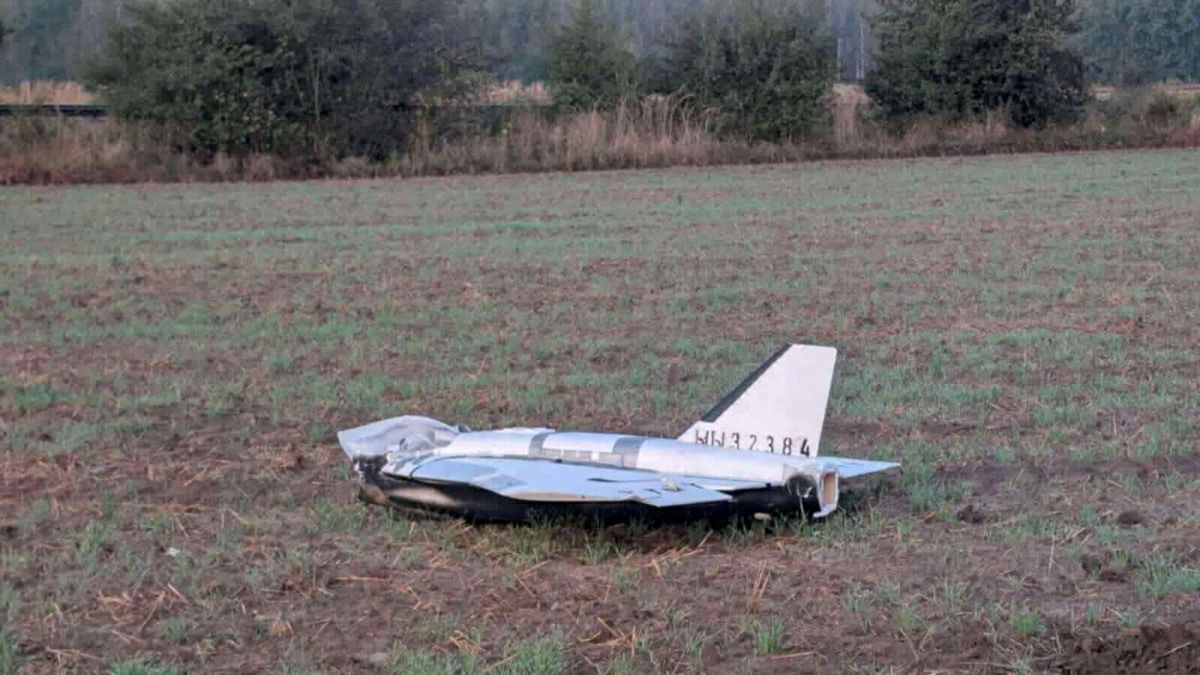As the 21-day national lockdown, in the face of the ongoing coronavirus outbreak, plays out, reports from different parts of India have reported on the
predicament of migrant workers . Walking long distances or crammed into whatever mode of transportation they can still find, hundreds of these individuals are desperately looking for a way to get home. A region that sees a significant influx of migrant workers is Ladakh. Migrants come in from Bihar, Chhattisgarh, Madhya Pradesh, Jharkhand and other parts of the country, working in extreme weather, usually without proper protective gear or insurance. But the sparse livelihood options back home make migrating the more feasible choice. I first travelled to Ladakh in 2011 and have since been documenting the migrant workers and their living situation. Over the past decade, they may have acquired more construction tools but overall, their conditions haven’t changed much and their struggles remain the same. Many of them still live under canvas tents, several crowded into cramped rooms. The lack of safety gear means they use cloth instead of masks for protection. And they still have to carry heavy loads on their backs in the low-oxygen air at this high altitude. After Ladakh was
declared as a separate administrative and revenue division, this has opened a path for builders to invest in the region, starting with the construction of new hotels and hospitals, creating demand for construction workers. I believe this would have resulted in an increased flow of migrant labourers to Ladakh for infrastructure development. In the midst of the coronavirus outbreak, these workers’ situation is going to become even more fragile, even as they face an economic slowdown. Travel to and from Ladakh is going to be a challenge since many of them come from the interiors and will have limited access to transportation. The basic cost of travel might also increase. The construction season usually begins in April, while the country will still be under lockdown. Because of this, the work season might get shortened, severely impacting their livelihood since they are daily wage earners. Given the uncertainty of this time, what is certain is this: the crisis will affect a vulnerable population in multiple ways. The following images are a visual record of my time in Ladakh, documenting migrant workers over the years. [imgcenter]
‘I first travelled to Ladakh in 2011 and have since been documenting the migrant workers and their living situation. Over the past decade, they may have acquired more construction tools but overall, their conditions haven’t changed much and their struggles remain the same,’ writes Ritayan Mukherjee of his photo project documenting migrant workers in Ladakh.
Advertisement
End of Article


)
)
)
)
)
)
)
)
)



